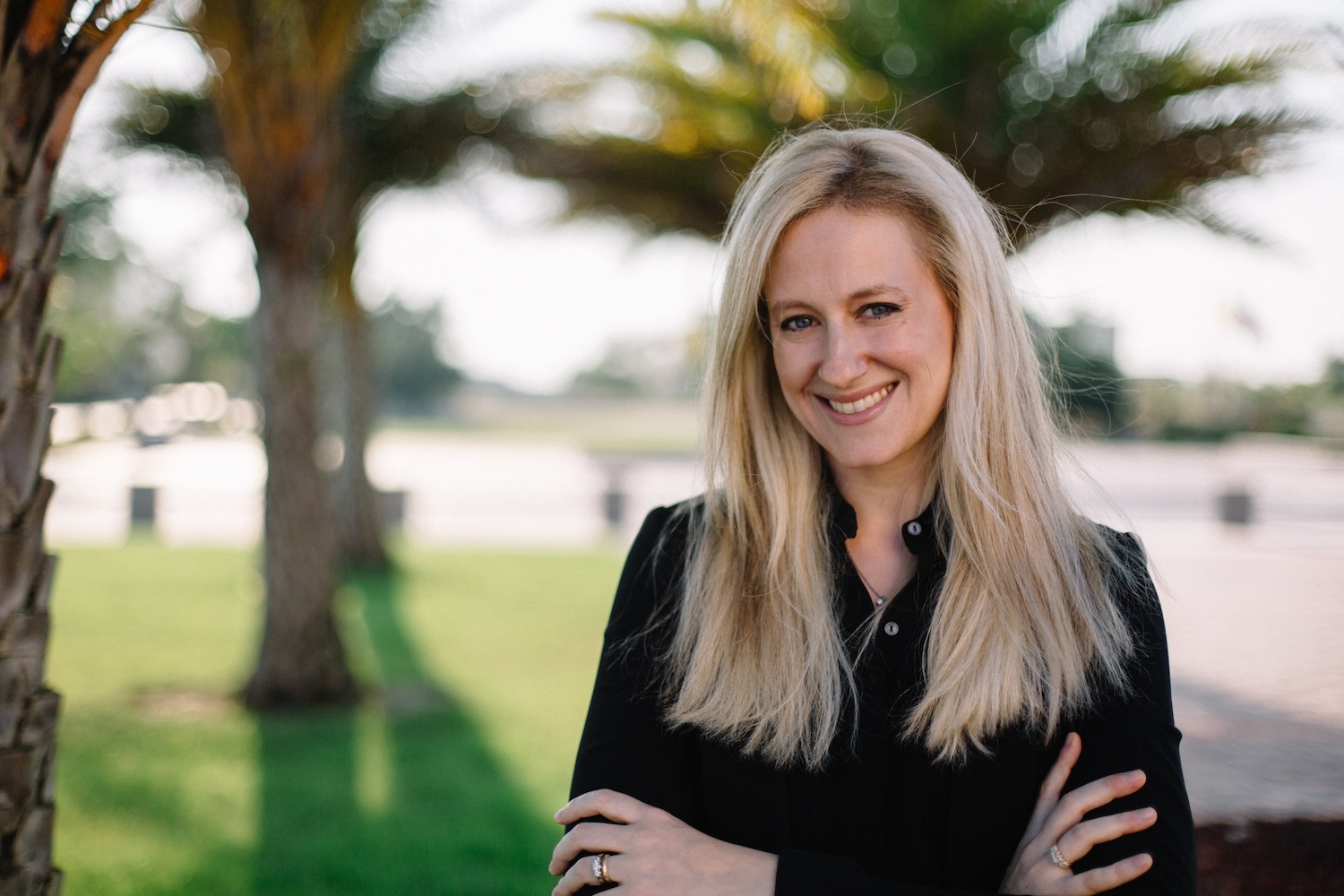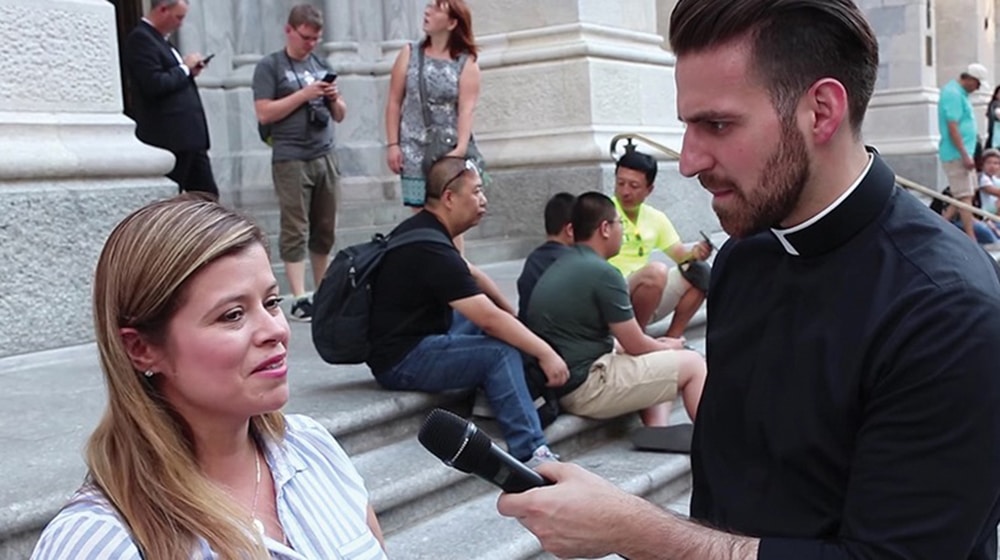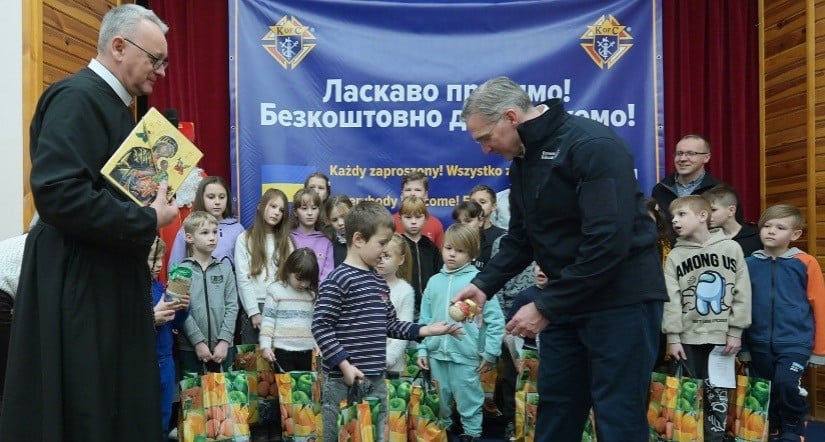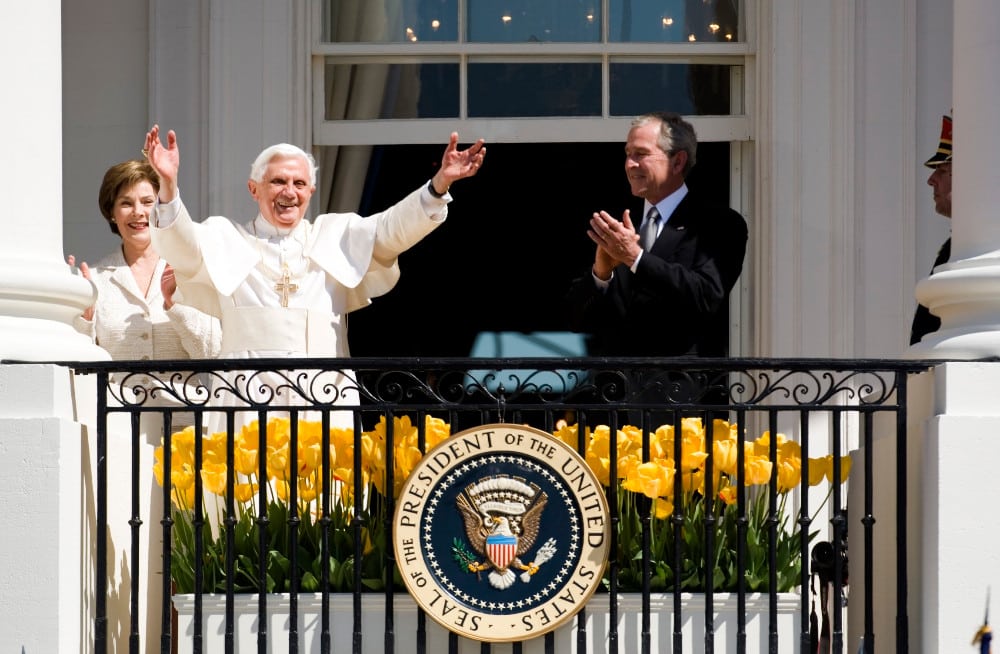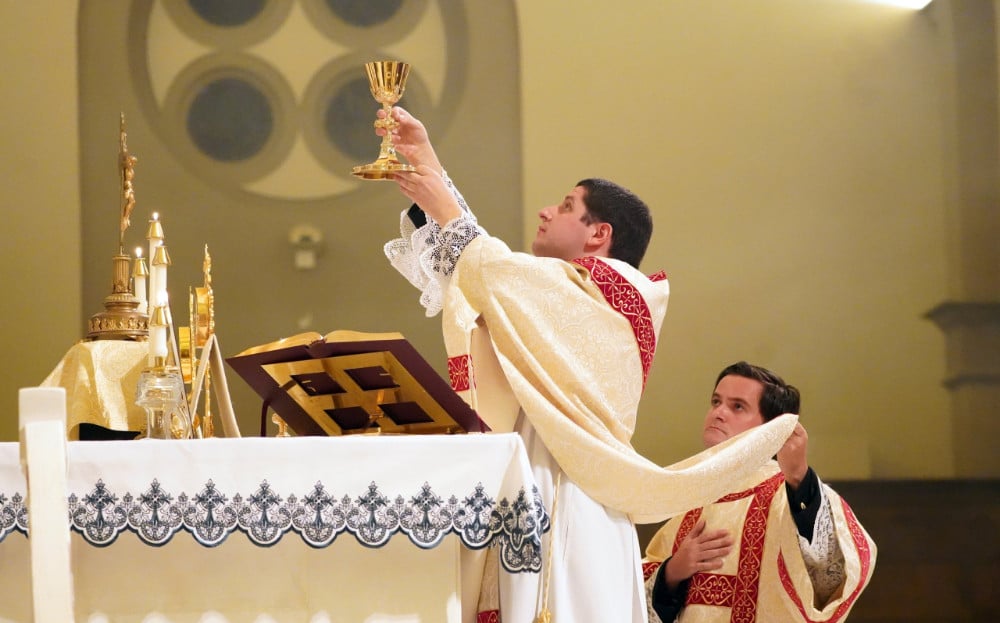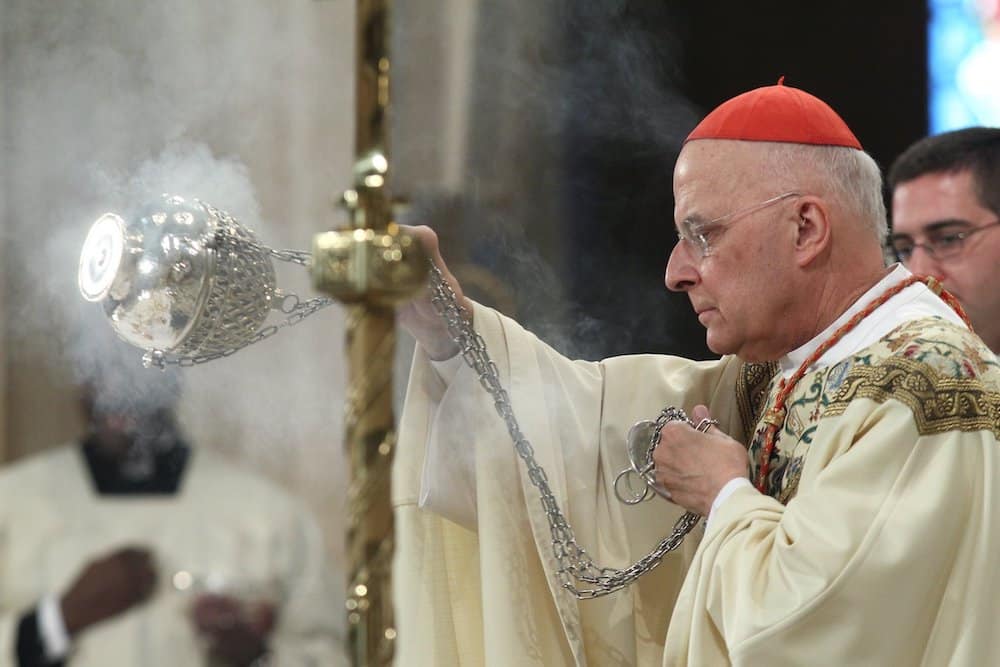Discussions of family size have increased in political and religious discourse as U.S. birth rates hit historic lows. Catherine Pakaluk, an economist and associate professor at The Catholic University of America in Washington, D.C., recently authored “Hannah’s Children: The Women Quietly Defying the Birth Dearth” (Regnery, 2024). Pakaluk, herself a mother of eight children, takes a deep dive into the stories of the American women choosing to have large families amid the trend of plummeting birth rates. She recently spoke with OSV News’ Charlie Camosy about what she found about these women and how faith plays a key role in decisions about family size.
Charlie Camosy: Most books come from a personal place for authors and yours actually begins with a personal anecdote. Could you say something about how this book comes out of your lived experience?
Catherine Pakaluk: It’s funny how true this is — that books come from a personal place for authors. Well, this book started when a stranger on a train blurted out “I guess your husband still wants you” when she learned I had six kids. Loaded with tragic force, I spent years thinking about that comment. What could it mean? What did it reveal? I knew then that “Hannah’s Children” had to be written — even though at the time it was a seedling of an idea with no form. I was simply captured by the idea that the hidden life of larger families may have something to offer the conversation about the decline of family life writ large.
Camosy: And then you obviously focused on the lived experience of others for your research. Can you say something about that process and two to three central takeaways?
Pakaluk: In 2019, I interviewed 55 women with five or more children in open-ended interviews that lasted about two hours. I asked them why they had so many kids: how it started, and how it was going. I also asked them to tell me about personal identity, marital quality, religious experience and the character of the nation. I recruited women for the study following best practices for this type of research: we posted flyers, screened applicants for diversity (income, ethnicity, religion), and picked five or six women in each of 10 locations around the country.
I learned that there is nothing deterministic about the trend to smaller families. The choice to have children is still possible today, but it depends upon how much a couple values children. The women I met placed a very high value on children. They viewed them as blessings from God, expressions of divine goodness, and the purpose of their marriages. They believed children are like wealth and health: you can’t have too much wealth, or too much health. Just so, they said, there’s no such thing as “too many” children.
Practically speaking, this means that they did not subject the choice to have children to certain material or economic “conditions,” such as the size of a house, an amount of income, a number of cars. They didn’t always jettison careers, paid work, or travel, but they ranked children above those goods, and quietly arranged their lives to be able to welcome another. For most of the women I interviewed, the high value they placed on having children arose from biblical values — nourished by living religious communities.
Camosy: There is a lot of public interest in these topics right now. For instance, the Times just did a feature interview of Hannah Neeleman. What’s your take on how women who have large families are being covered?
Pakaluk: The interest is almost voyeuristic, right? One of my reviewers likened the Hannahs in my book to “Arctic explorers or professional athletes.” There were a lot of unfortunate deficiencies in the Times piece but overall I think the interest is welcome. It opens the conversation that’s been papered over by a one-track women’s movement. Is it anti-woman to put children before career? Are children at odds with women’s success? How do we define success? And — could a woman really choose so many children absent a controlling husband? Are women like Hannah a “hammer blow to feminism?”
It all came out in the Times article. I wrote this book to introduce women like Hannah to the public conversation. The Times piece reveals that there is a hunger for it — and I’m excited to have a positive contribution on the table.
To clarify — the Hannah in my book title is the biblical Hannah, and also a pseudonym for the first woman you meet in my travels. I didn’t learn about Hannah Neeleman until my book had gone to press. The coincidence of her name is just that!
Camosy: The fact that Republicans nominated JD Vance for vice-president has put a white-hot spotlight on his view that social structures in the consumerist West discourage having children. Does your research have any bearing on that conversation and debate surrounding this?
Pakaluk: Yes, I think so. It seems to me that Vance and other “pro-family” politicians like him are looking for a bogey man: consumerist values, “childless cat ladies,” and an overall social climate that is Family Unfriendly (the title of Timothy Carney’s new book).
The problem with the bogey-man approach is that it doesn’t really examine these family decisions at the micro level. Americans’ preferences for a larger family size (3 or more kids) dropped significantly in the mid 1960s when women’s opportunities expanded due to the pill, and at the peak of the population bomb rhetoric. The transition to below-replacement birth rates was well underway in the 1970s and completed in much of the country.
We are not looking at a phenomenon that can be extricated from what women and households began to pick a long time ago, even before you and I were born. Our family unfriendly culture is the result, not the cause, of fewer children being born. As children receded in priority for families, they receded in priority for society. Of course a bad culture today fuels the decline. But I don’t think there is a social or political “fix” other than whatever can persuade women and households to see children as worth the incredible personal sacrifices.
But many religious communities are doing exactly this. So politicians like Vance ought to be asking “what can we do to protect and encourage the growing church communities?”
Exceptions to low birth rates are not exclusive to one religious group: I talked to women who are Jewish, Baptist, evangelical, Catholic and Latter-Day-Saints. We all know about one of these places — churches, wards and temples in our communities that are growing, ones with a reputation for being joyful, faith-filled and vibrant. The ones that inspire families to pick up and move, sometimes across the country, to join them.
To foster childbearing, the state has to foster religious communities. That’s a longer conversation. I don’t mean the state has to become religious. But it has to favor organized religion as a means of supporting individuals and families.
Right now, conservative politicians want to favor the family by itself, naked as it were, apart from where the family gets its nourishment. No wonder it hasn’t worked so far. The family and the church are like body and soul — the family apart from the church is just a dead body with no life in it. If we’re going to do something to help the family, we have to confront this reality or we’ll fail. I guess that’s my message for Vance and this whole conversation.
